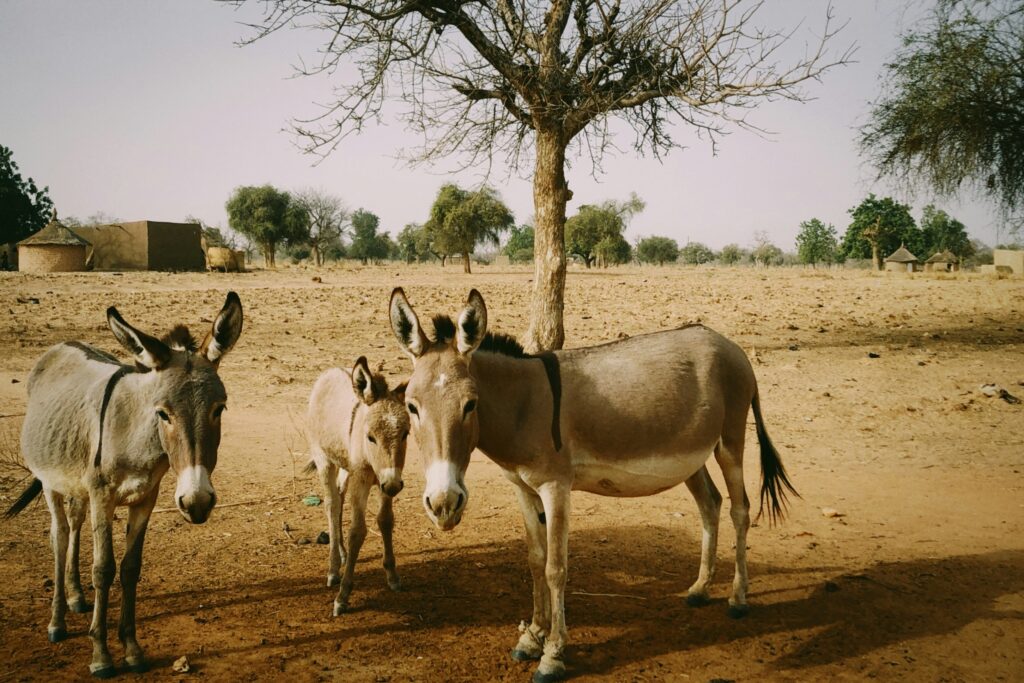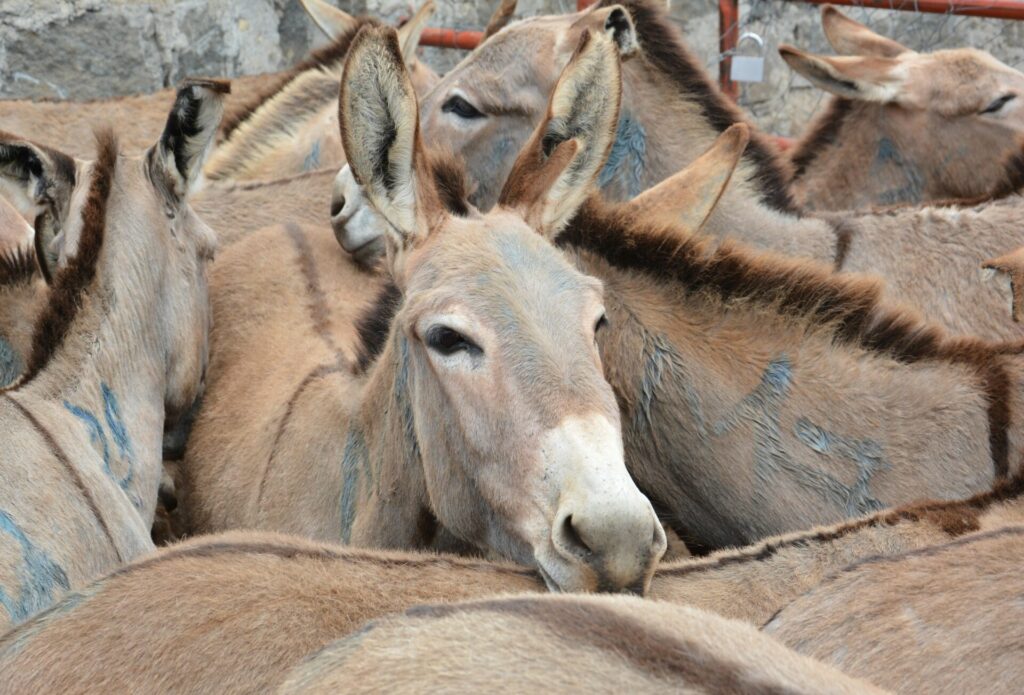
According to recent economic surveys, Pakistan has steadily risen in donkey population. Figures show a jump to 5.9 million donkeys, an increase from just a few years ago. This increase is attributed to the donkeys’ role as “beasts of burden,” mainly in rural areas.
Pakistan’s donkey population has risen by 1.72% to 5.9 million in the fiscal year 2023-24, according to the Pakistan Economic Survey (PES) 2023-24. This increase highlights the growing importance of donkeys, especially in rural areas where they are essential for the economy.
The PES, launched by Finance Minister Muhammad Aurangzeb, shows a steady increase in donkey numbers over the past few years. However, the populations of horses and mules have remained unchanged at 0.4 million and 0.2 million, respectively, for the last five years.
Here’s a breakdown of the trend:
- 2019-2020: 5.5 million donkeys
- 2020-2021: 5.6 million donkeys
- 2021-2022: 5.7 million donkeys
- 2022-2023: 5.8 million donkeys
- 2023-2024: 5.9 million donkeys (current)

This upward trend highlights the continued importance of donkeys, particularly in rural areas. Often referred to as “beasts of burden,” these hardy animals play a vital role in agriculture, transporting goods, and assisting with farm work. Their low maintenance requirements and ability to thrive in tough conditions make them a valuable asset for many Pakistani families.
In Pakistan’s countryside, donkeys play a crucial role in daily life and work. Moreover, it makes them a vital resource for many families. The survey also reported growth in other livestock: cattle numbers increased to 57.5 million, buffalo to 46.3 million, sheep to 32.7 million, and goats to 87 million. Notably, the camel population grew to 1.2 million from 1.1 million after four years of stagnation.
Livestock farming is fundamental to Pakistan’s rural economy, involving over 8 million families. Livestock accounts for 60.84% of the agricultural sector and 14.63% of the country’s GDP. The sector grew by 3.89% in 2023-24, up from 3.70% the previous year, with its gross value addition increasing to Rs 5,804 billion from Rs 5,587 billion.

Overall, the livestock sector remains a key driver of agricultural and economic growth in Pakistan.
